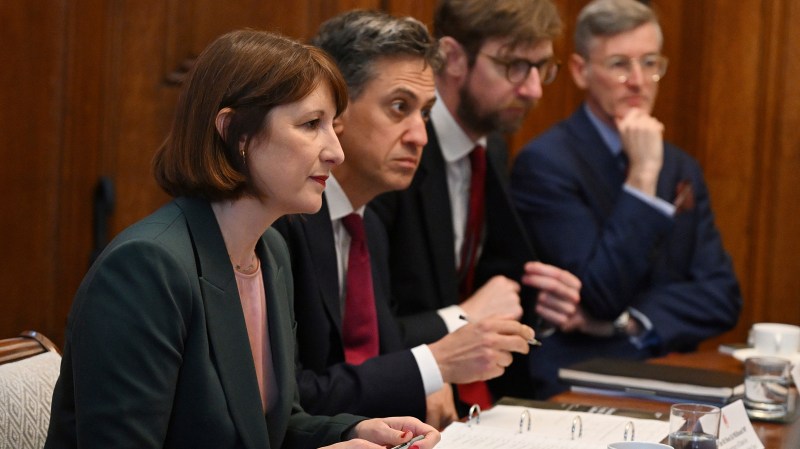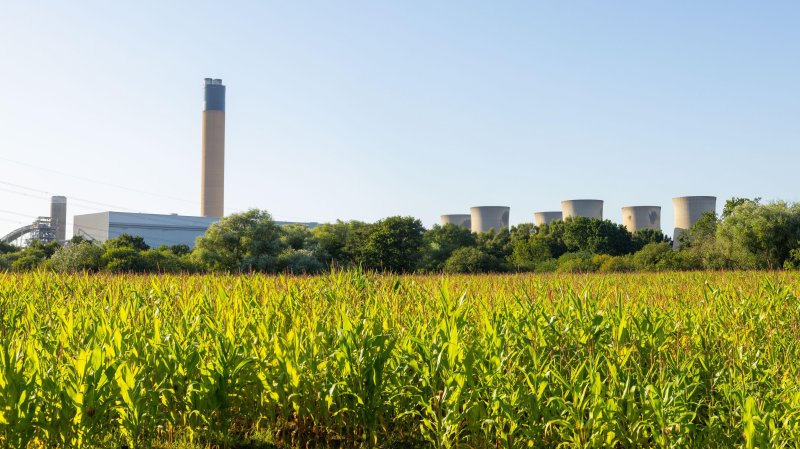When Labour’s economic honeymoon ends, these challenges will remain
After decrying the dire economic inheritance left by the last government, Labour is celebrating an economy that is closing in on one of the government’s most ambitious targets: recording the fastest growth in the G7.
The latest official growth figures show that the UK expanded by a healthy 0.6 per cent in the second quarter of the year, outpacing all G7 countries with the exception of the United States (data from Japan has not yet been published). Over the first half of this year, growth rose by 1.3 per cent, the best in the G7 and already in line with Labour’s aim to top the block of advanced economies over the next five years.
The economy is enjoying an impressive recovery from a brief recession last year, powered by falling inflation, a jump in consumer spending and rising business confidence. These elements should provide a further boost to growth in the second half of the year, when interest rates are expected to fall below 5 per cent for the first time since July 2023.

The figures prompted analysts at Bank of America to upgrade their annual growth projection for Britain from 0.8 per cent to 1.1 per cent.
• UK economy grows in second quarter with GDP expanding by 0.6%
However, the goal of becoming the best-performing big economy over many years is far from guaranteed. Right now, the UK is enjoying an acceleration in its economic cycle compared with peers such as America, where growth is gradually slowing after a red-hot expansion in 2022-23. Others, like Germany, which is flirting with recession, remain mired in a downturn that could turn into a significant growth boost next year.
Comparing countries at various stages of their economic life cycles is fool’s errand and a pitfall that the previous government fell into consistently. Depending on what time frame or measure you choose (productivity, investment etc), there will always be an economy beating you on one front or the other.
Despite the manifesto promise to become the fastest-growing G7 nation, Treasury officials say that the government’s main target is to lift the potential output of the economy from the present 1 per cent to 1.5 per cent or so to above 2 per cent, an average in line with Britain’s economic performance before Brexit. This will require improvements in crucial metrics such as labour force participation, private sector investment and productivity growth.
The second-quarter growth figures lay bare Labour’s challenges. Business investment fell by 0.1 per cent in the three months to then end of June, even as total investment in the economy rose for a second quarter in a row. This was down largely to increased government spending on defence and education. Lifting private sector investment in the UK is one of Labour’s biggest goals and offers a way to avoid making punishing spending cuts or raising taxes in years to come.
Consumer spending, one of the main drivers of the country’s services-dominated economy, was subdued, growing by only 0.2 per cent in the quarter and below a forecast of 0.5 per cent. Emma Wilks, an economist at HSBC, said that consumers had remained “cautious” in their spending habits even as inflation fell back to 2 per cent in the quarter. Overall consumption remains 1.5 per below its pre-pandemic levels.
Rob Wood, at Pantheon Macroeconomics, a consultancy, said: “Maintaining solid growth will require households to change gear, raising spending rather than boosting their saving rate. With confidence rising, interest rates falling and many households now having replenished their ‘rainy day’ fund, we think the saving ratio is more likely to fall gradually than rise. This should ensure that further growth in real household disposable income in 2024 feeds through to spending.”
This week it was revealed that inflation had not risen by as much as expected in July, while unemployment had fallen unexpectedly in the second quarter. The figures are good news for a Labour government enjoying its honeymoon period, but they tell us little about the challenges ahead.






